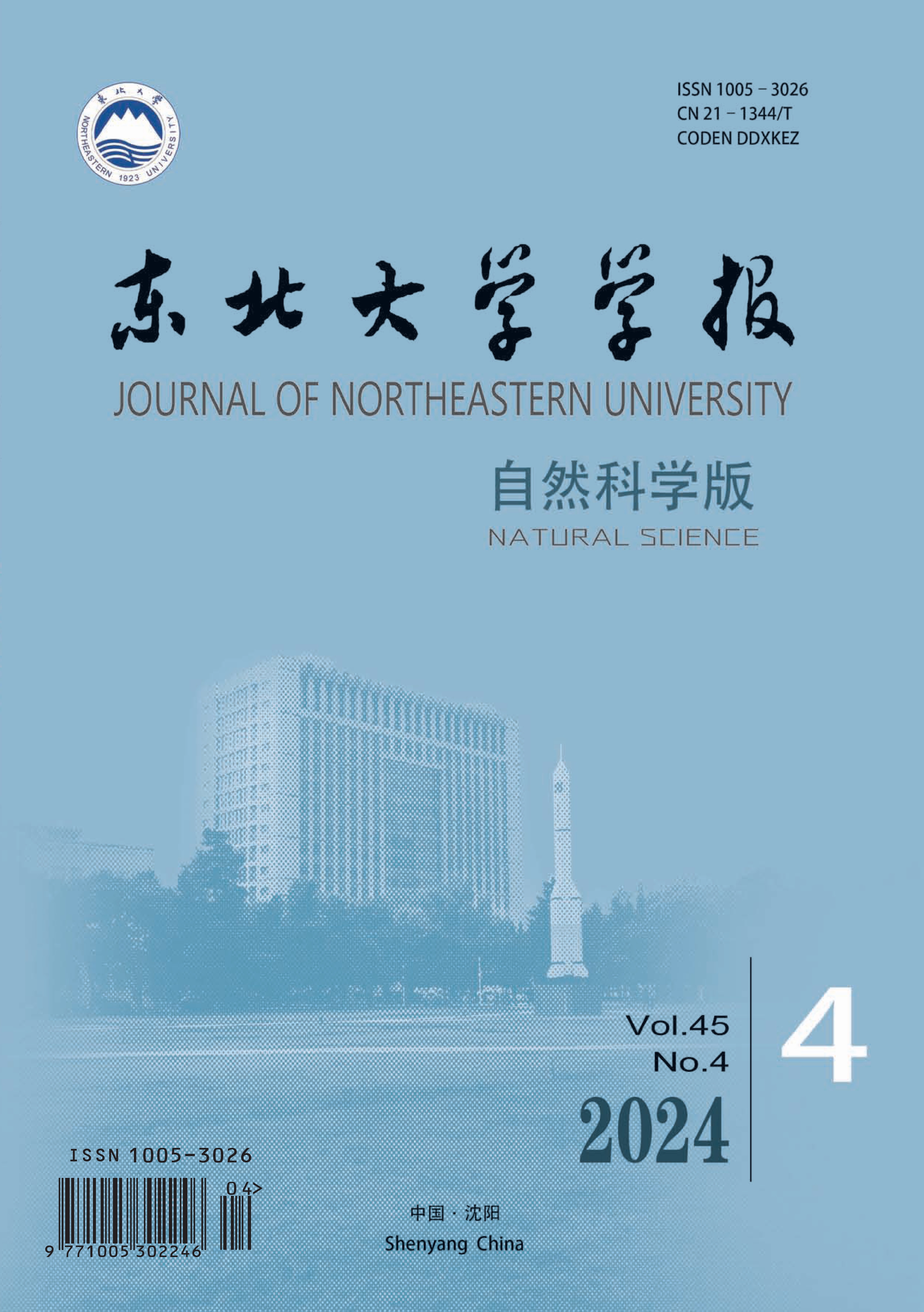All existing protocols are computationally secure, each of which is based on a certain security assumption and depends on the computational power of the adversary.This paper uses the matrix masking technique to hide the coefficient matrix.Combined with the LU(lower‐upper) decomposition algorithm, a new information‐theoretically secure outsourcing of linear algebraic equations method is proposed in malicious adversarial model.Compared with the previous protocol, the security of the unique solution is improved to information‐theoretic security (perfect secrecy) for the first time, without sacrificing the complexity of computation and communication.A formal security proof is provided, and the practicality is proved theoretically and experimentally.

